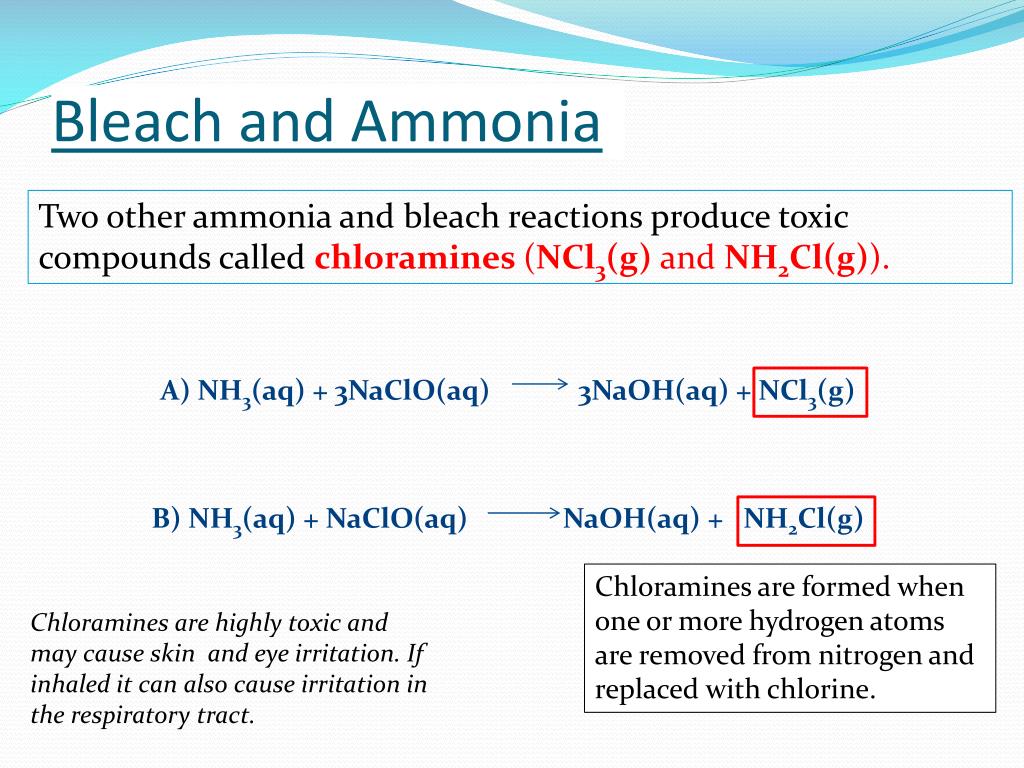

If you are not sure, err on the side of caution and don’t mix products together. And never, ever, mix bleach or products containing bleach with ammonia or acids! For example, toilet bowl cleaners, which often contain acid, should never be mixed with bleach in a bucket, toilet, or anywhere. Avoid mixing bleach or bleach-containing products with other cleaning products. The key to using bleach safely is to keep it simple. Mixing Bleach with Other Cleaning Products Could Produce Hazardous Gases! Disinfecting surfaces strategically, including frequently touched surfaces when someone is sick, can help ensure a healthier environment for your family. Most routine household disinfection can be done using just one teaspoon of bleach in one quart of water. One effective and inexpensive option for disinfecting surfaces is a simple solution of chlorine bleach and water. coli, norovirus, Salmonella, Listeria, and methicillin-resistant Staphylococcus aureus (MRSA). When cleaning kitchen and bathroom surfaces, however, disinfectants are needed to destroy bacteria and viruses that can spread illness. Soap and water and a little “elbow grease” remove dirt and grime from most surfaces. Can bleach be mixed with…? 1Īcids, such as vinegar or lemon or lime juice?

One appropriate exception is using bleach with laundry detergent in the washing machine. The incident reminds us that chlorine bleach should be mixed only with water. The gas was produced when a worker accidentally allowed a chlorine bleach-containing product to make contact with an acidic scale remover. Tragedy struck on November 7, 2019, when the manager of a Massachusetts restaurant was fatally exposed to chlorine gas. The incident serves as a reminder that bleach can only be mixed safely with water or laundry detergent. In a nutshell… Chlorine gas was generated in a restaurant kitchen when bleach reacted with acid.


 0 kommentar(er)
0 kommentar(er)
